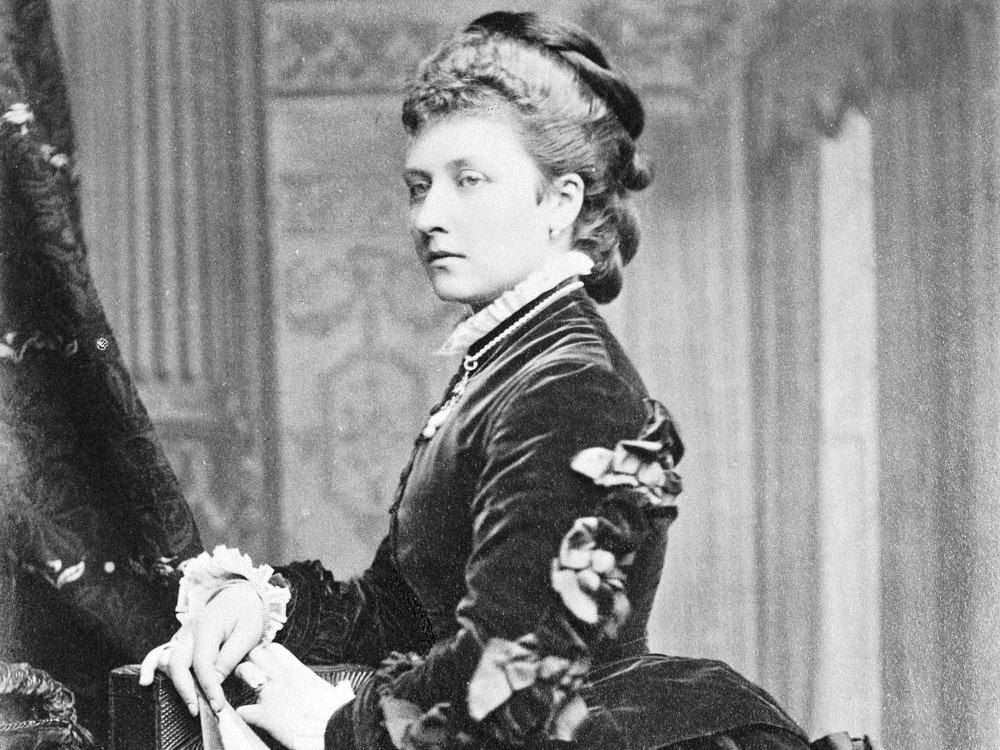
While I was working on my biographies of the artists Lizzie Siddal and Kate Perugini, one name kept appearing in my research: Princess Louise. I wondered why a princess kept showing up at artists’ studio parties. Because she was a part of this bohemian world, rather than a patron, I assumed she was a foreign princess, so I was amazed to discover she was one of Queen Victoria and Prince Albert’s daughters, and a professional sculptor. The desire to know more about this fascinating woman soon developed into the desire to write about her. There was a biography, published in the nineteen eighties, but it did not contain stories that I, even in early research, had already encountered.
These included rumours – gleaned from personal letters, diaries and newspaper articles dating back to Louise’s own lifetime – of an illegitimate baby and love affairs. More research brought out suggestions that her husband, the Marquis of Lorne, was homosexual (something that, sadly, seems still to be considered ‘shameful’ and something to be kept secret by the keepers of relevant archives); and that her lovers included her brother-in-law; one of her artist’s models (an Indigenous Canadian, which caused great gossip at the time); and her brother’s tutor. Her long-term lover was her sculpting tutor Joseph Edgar Boehm (whom, it was rumoured as far back as 1890, the year of his death, died making love to her in his studio). In addition to these more salacious rumours, Louise was politically active and radical in her politics, openly speaking out against her mother in public.
When I was commissioned to write her biography, I was told by two more experienced authors that they had both tried to write about her and given up. One warned me, ‘You will come up against a brick wall’. I did. In fact I came across whole fortresses of brick walls, but this made me even more eager to tell the story of this much-maligned woman. My first point of call was the Royal Archives at Windsor. I had two good referees and two critically acclaimed biographies under my belt, yet several months after my application, I had not received a response. My three-year deadline was already in jeopardy. After eight months, and a personal plea from one of my referees (who worked for the Royal Household), I received a reply. I was welcome to visit the archives. It seemed positive, until the final sentence: ‘Princess Louise’s files are closed’. I could visit the archives, but I would not be allowed to research the subject of my biography. […]
First published on 6th November 2017. Read full article on the Royal Literary Fund website.